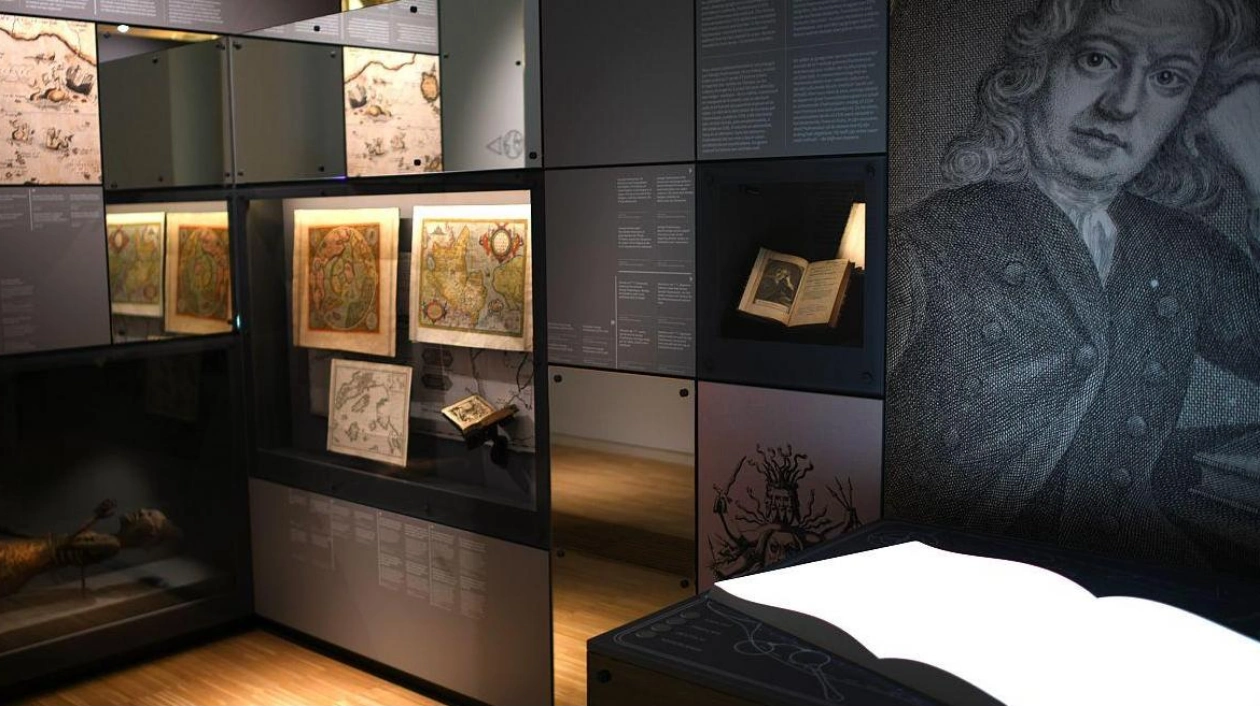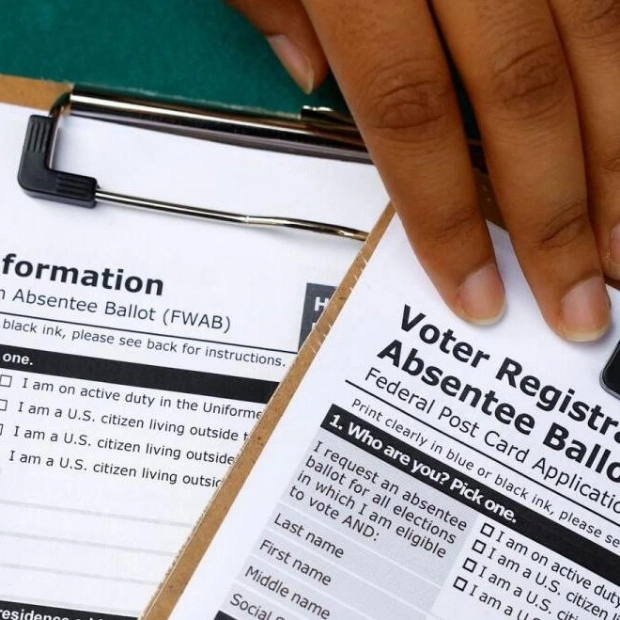Is it possible to erase someone from history? Can forgery serve a purpose? How long has fake news been around? And what exactly constitutes a ‘fact’? These are the questions that the Blinken OSA Archive's exhibition ‘Fake for Real’ aims to address.
For years, the House of European History in Brussels has been gathering over 100 historical artifacts linked to deception and fabrication. This traveling exhibition is now making its way across Europe, with Budapest, Hungary's capital, serving as its third destination.
The exhibition delves into the context, motives, and effects of each artifact, revealing that fake news is not a recent development. In fact, it has been around since the time of Johannes Gutenberg, the German inventor who revolutionized printing in the 15th century.
Before the era of social media, even ancient relics were forged, and conspiracy theories, some dating back to the Middle Ages, continue to shape public opinion. The exhibition begins with a practice from antiquity known as the ‘condemnation of memory,’ which aimed to erase individuals from history. It concludes with a case study provided by the host, Open Society Archives, focusing on Imre Nagy, the Hungarian Prime Minister during the 1956 revolution, whose name was erased from history by the Soviet regime until 1989.
The collection also examines instances where forgery was used for positive outcomes. During the Holocaust, for example, fake identity cards and passports saved thousands of lives.
‘In an archive like this, forging a document was extremely challenging. You needed access to the document, the right ink, and the right paper to succeed. Today, all it takes is a virus on our digital documents, and the content is altered,’ explains István Rév, Director of the Archives.
The ‘Fake for Real’ exhibition will be open in Budapest until February 16th.
Source link: https://www.euronews.com






